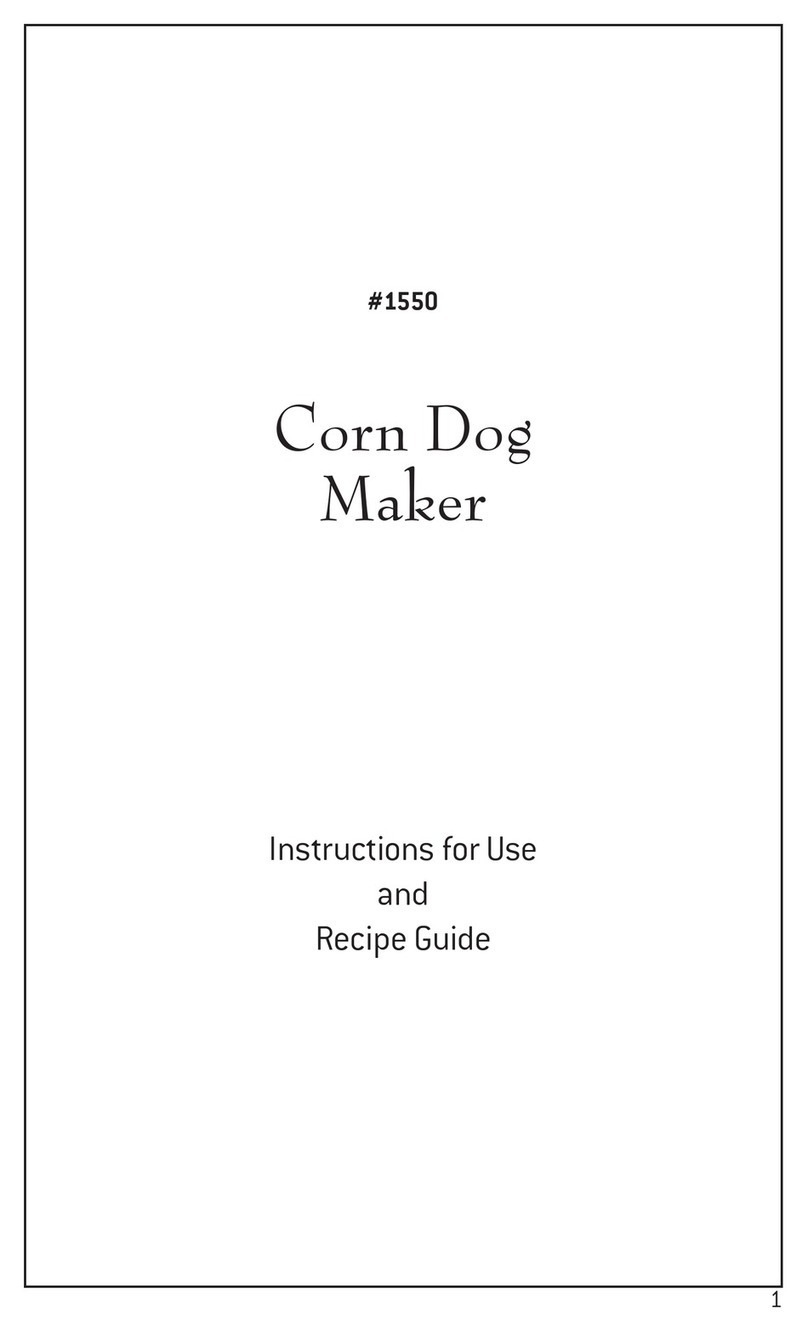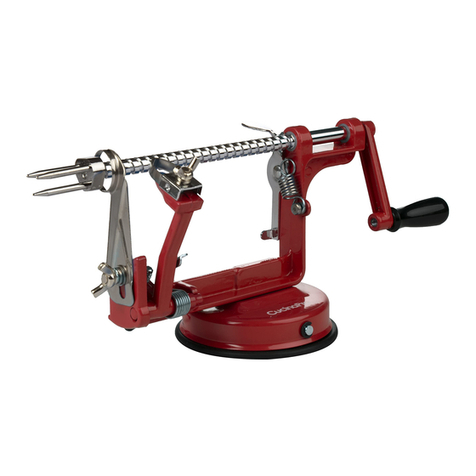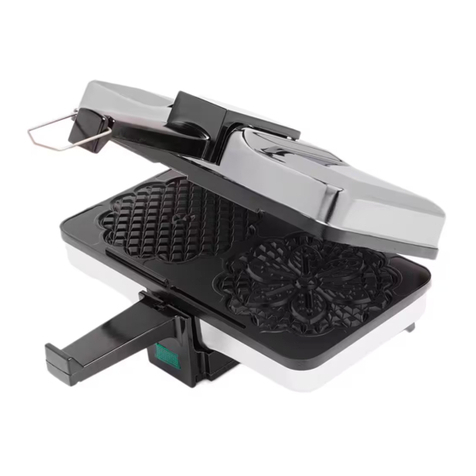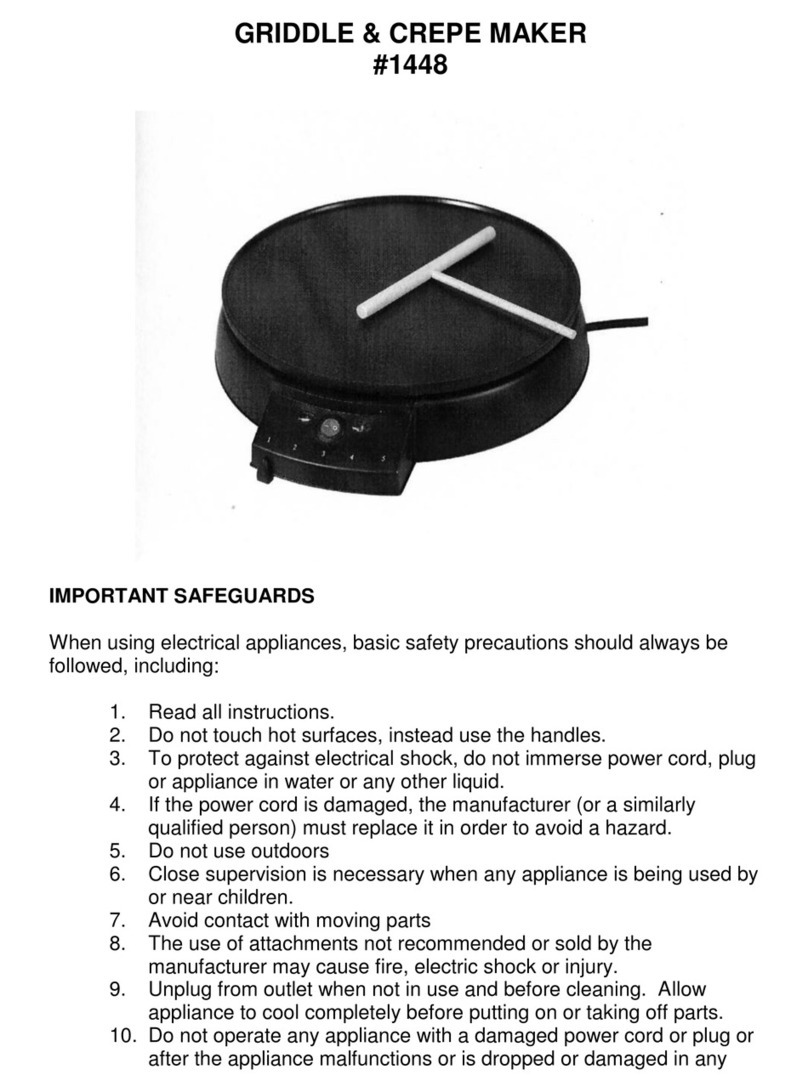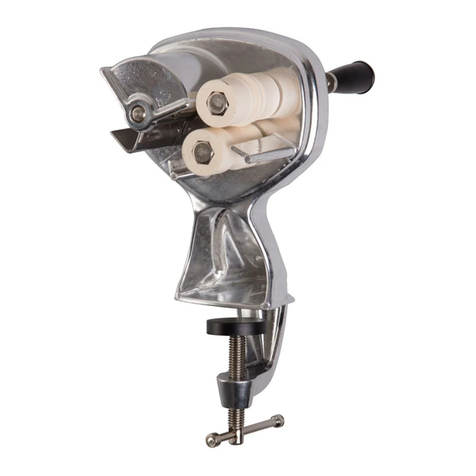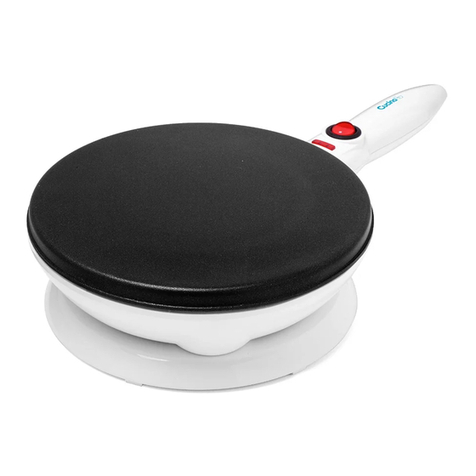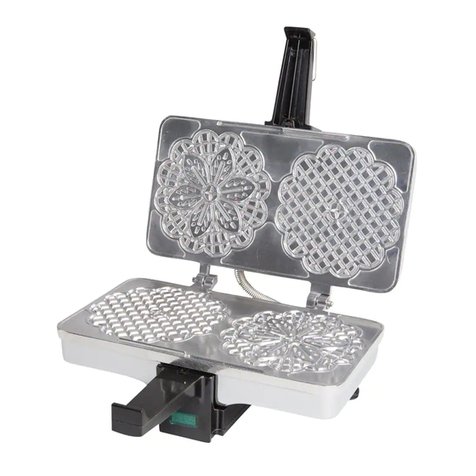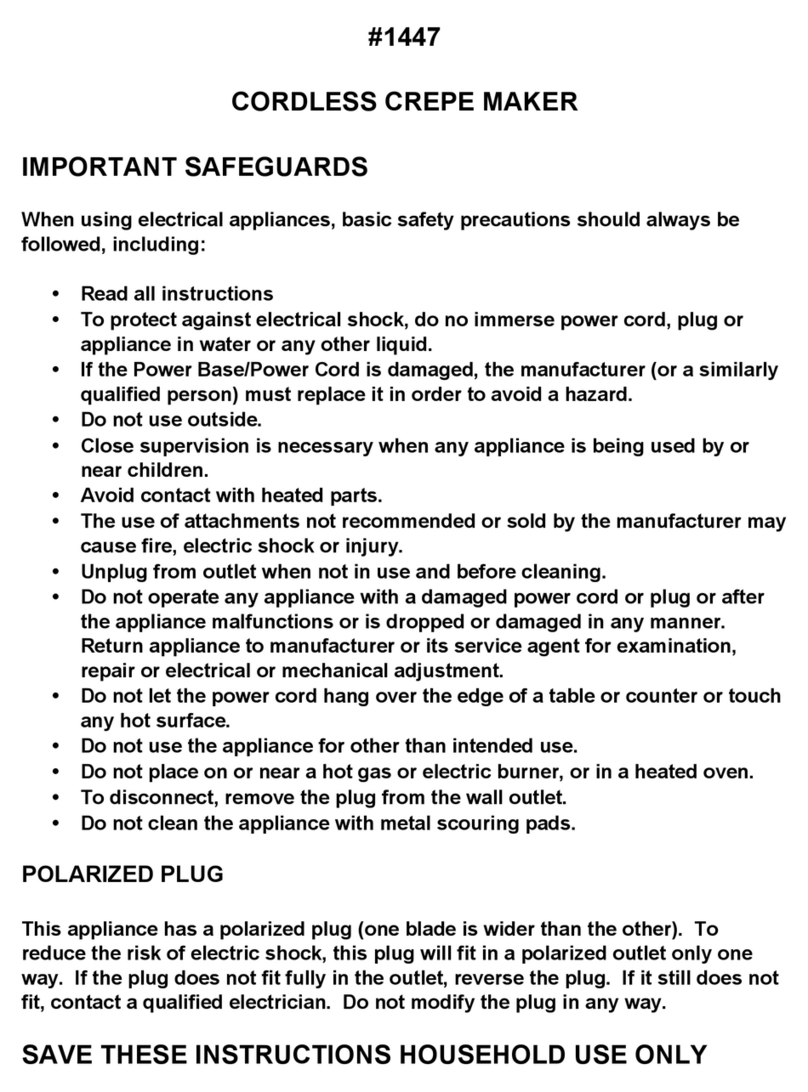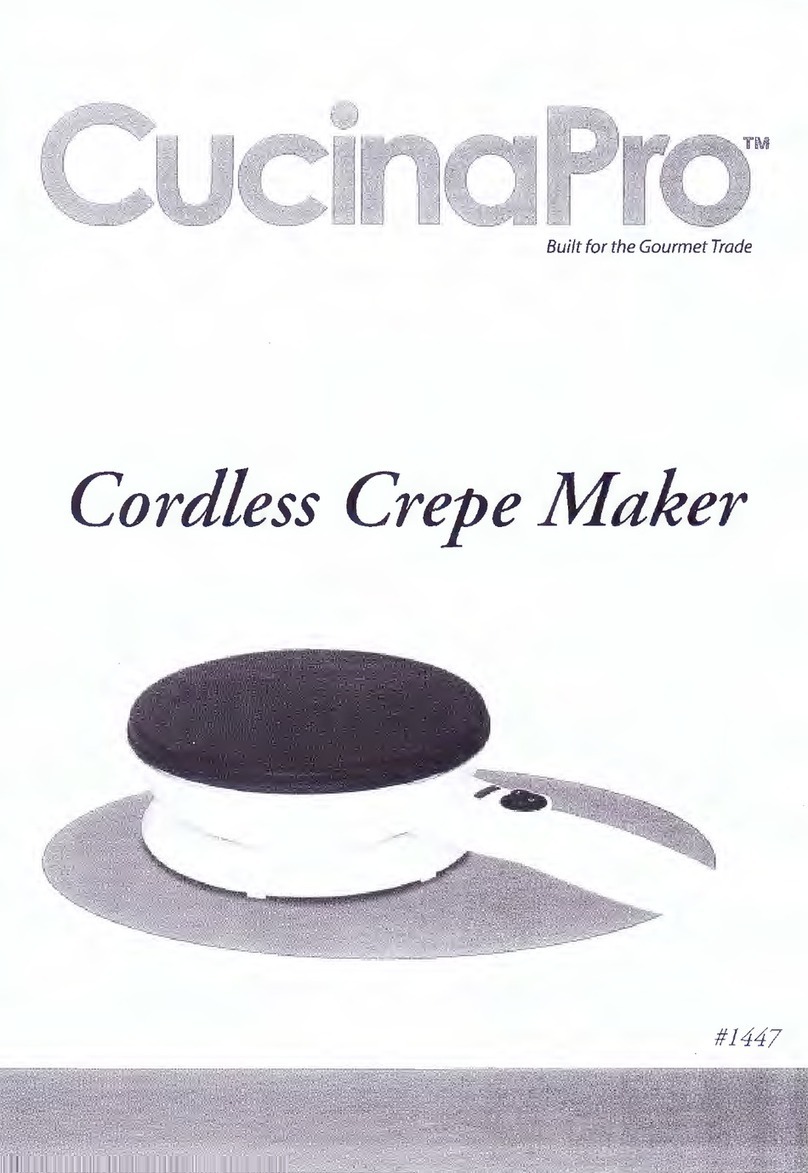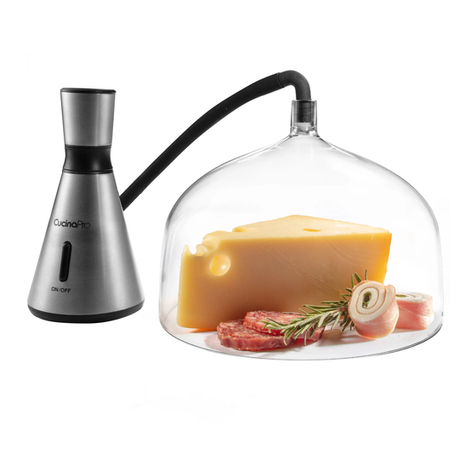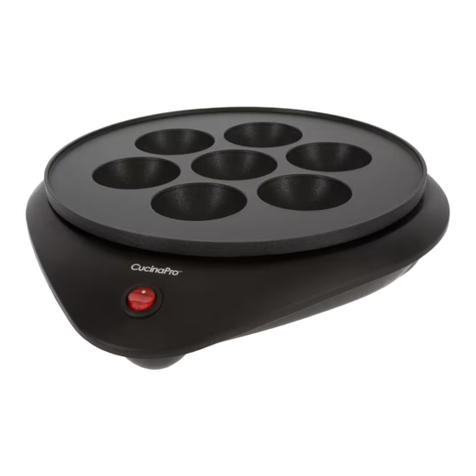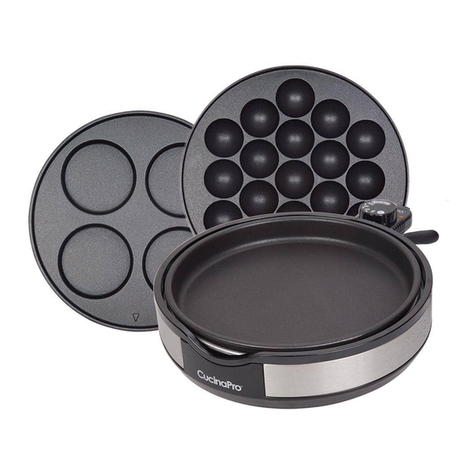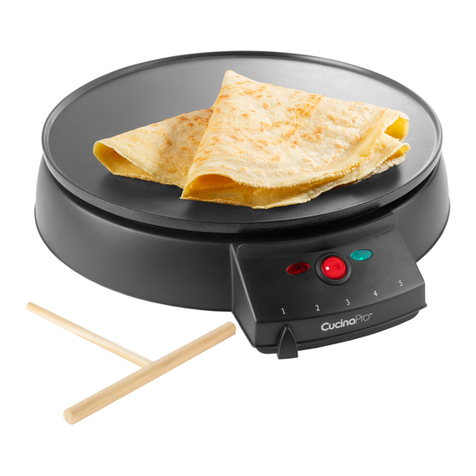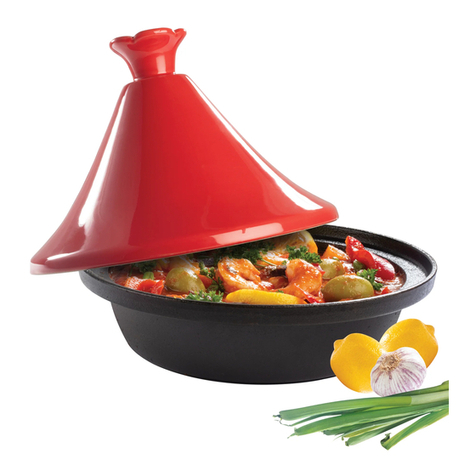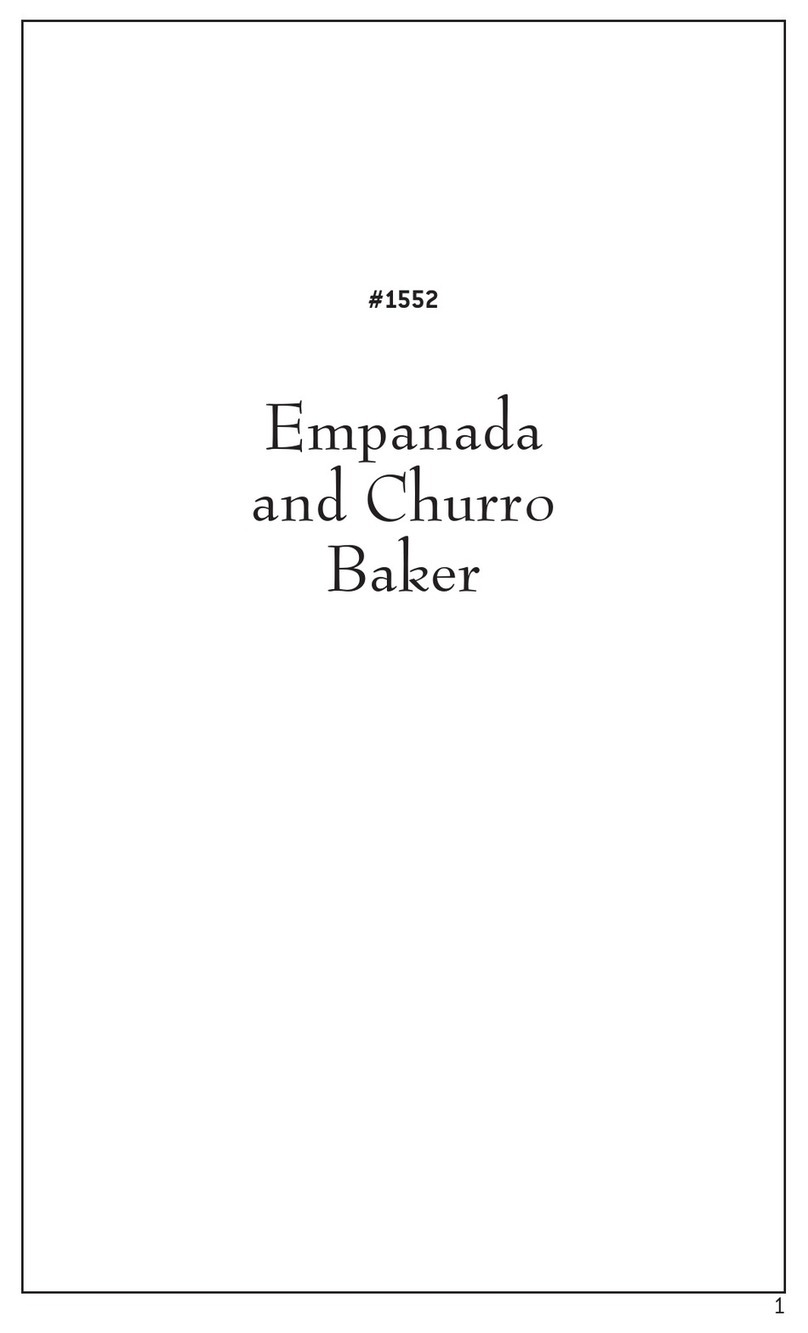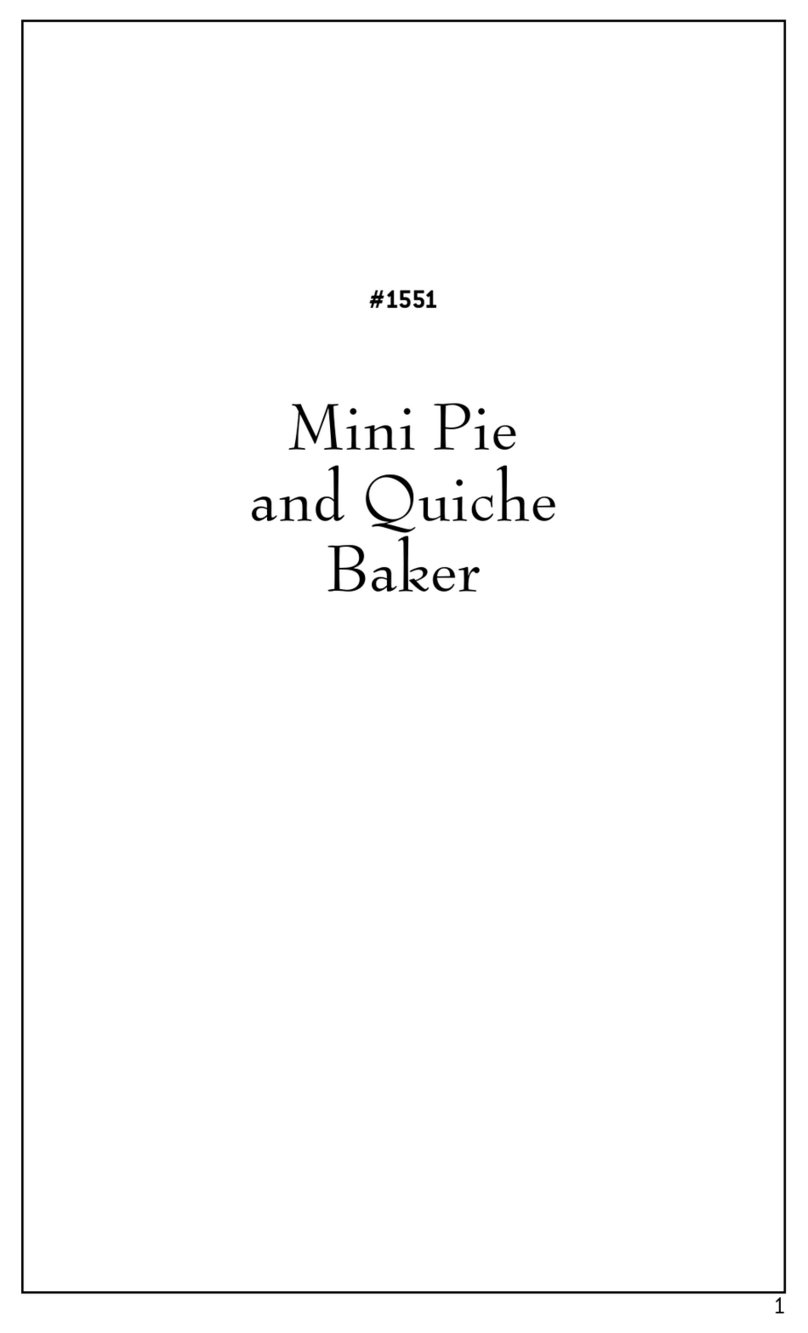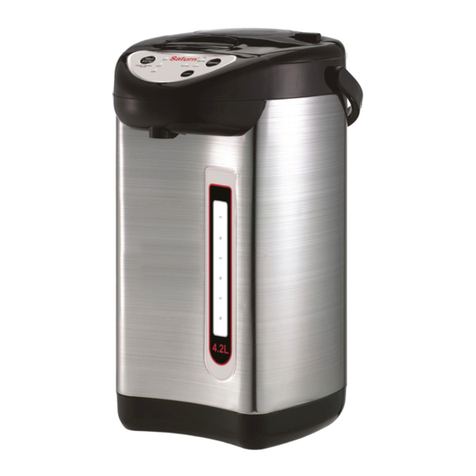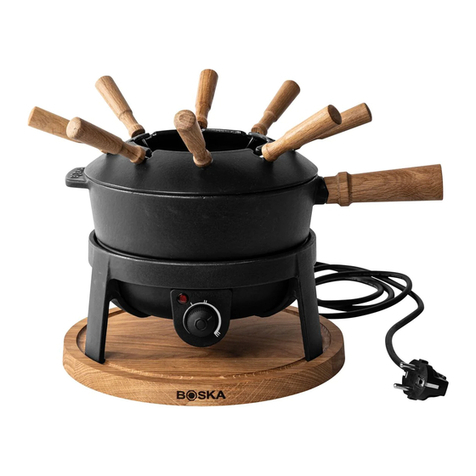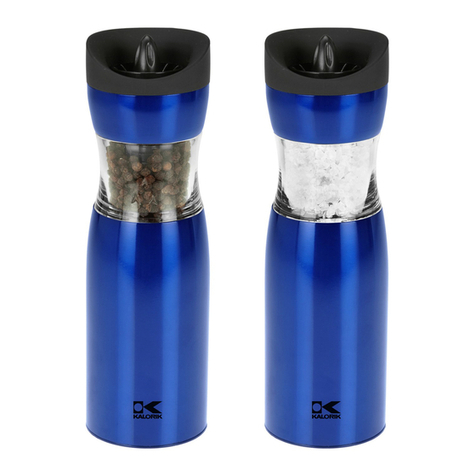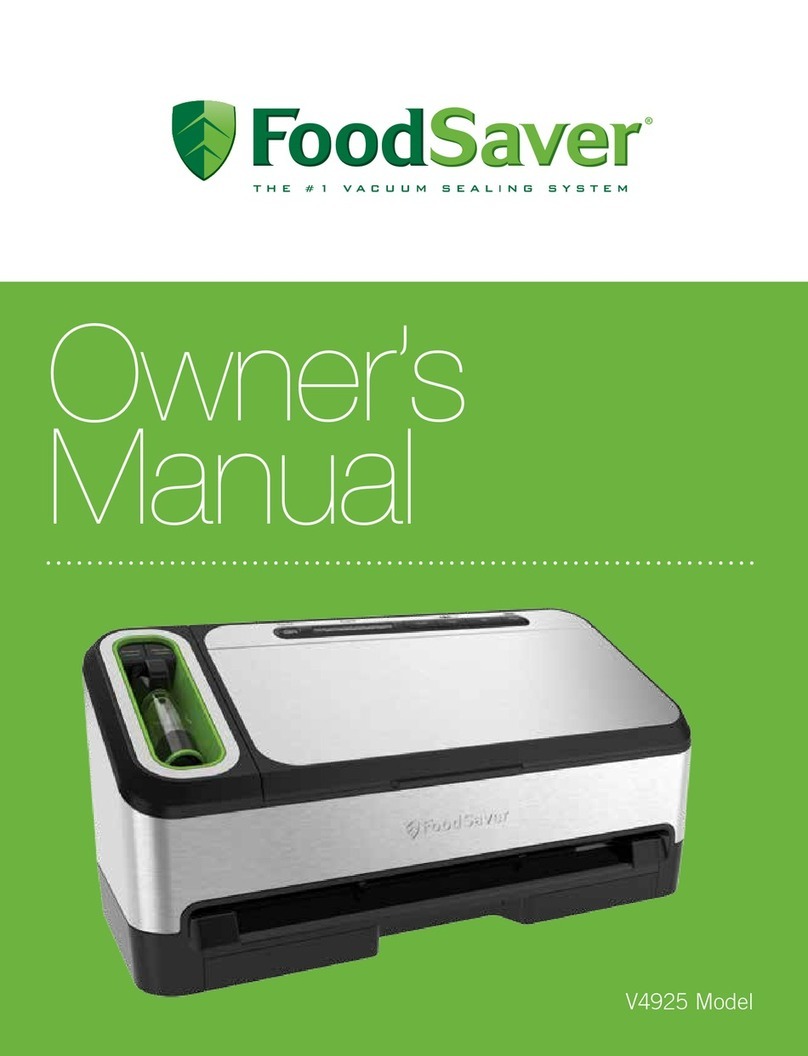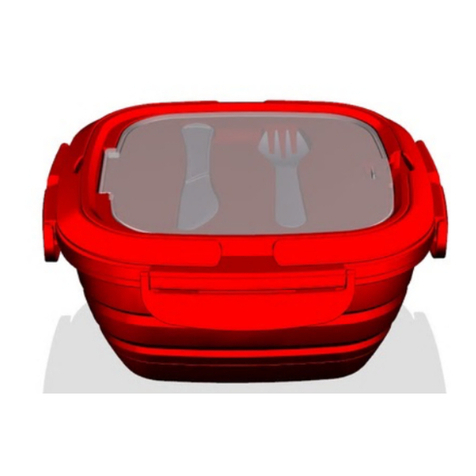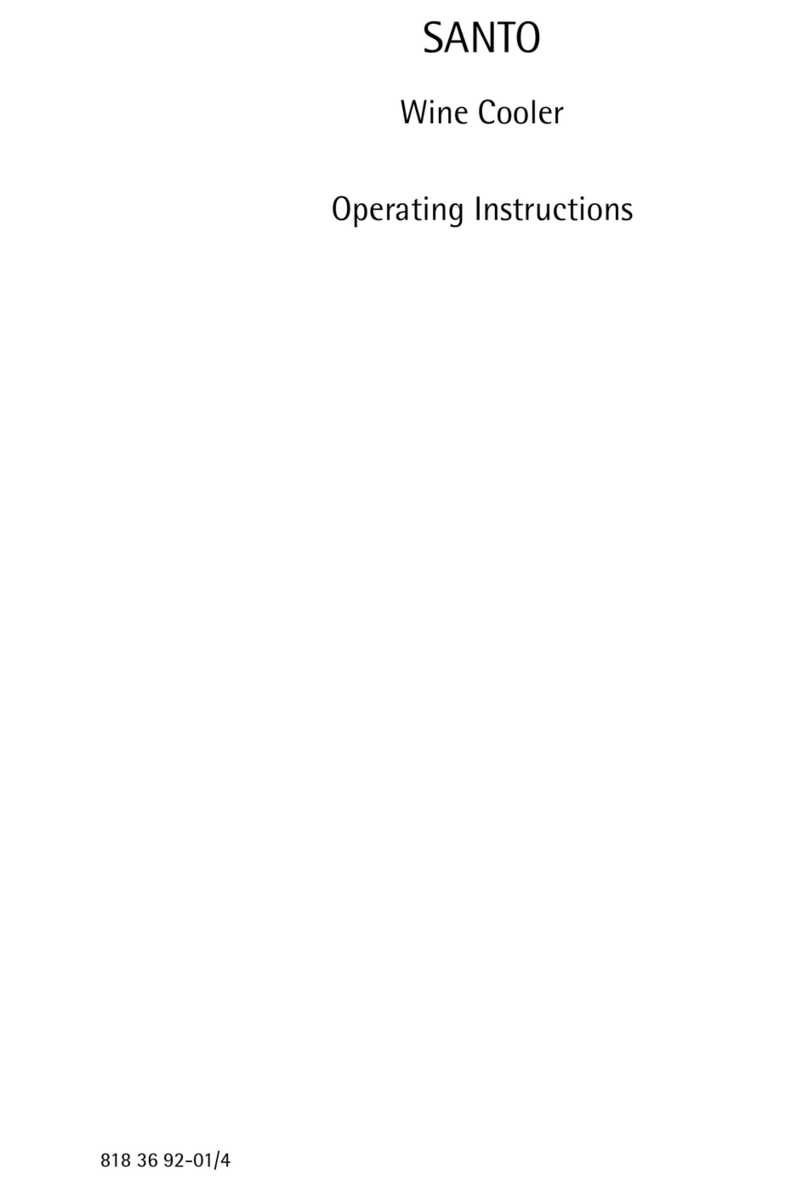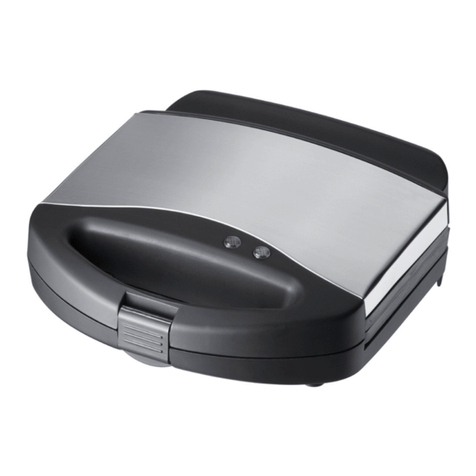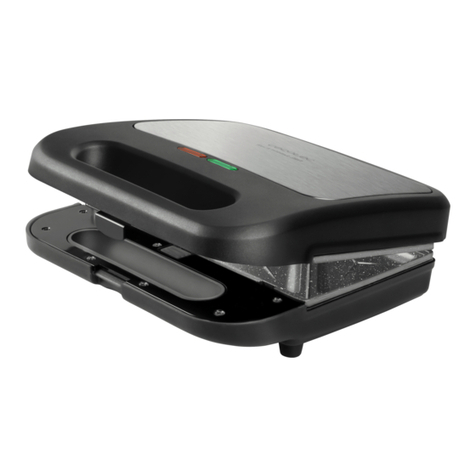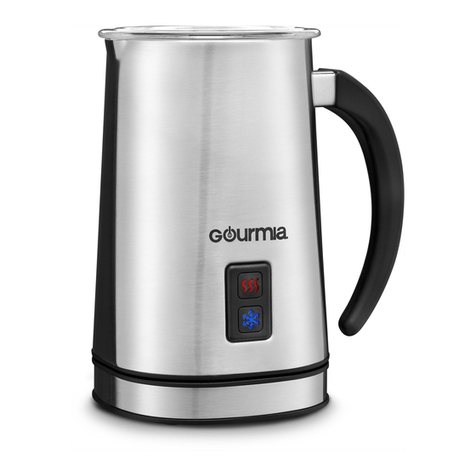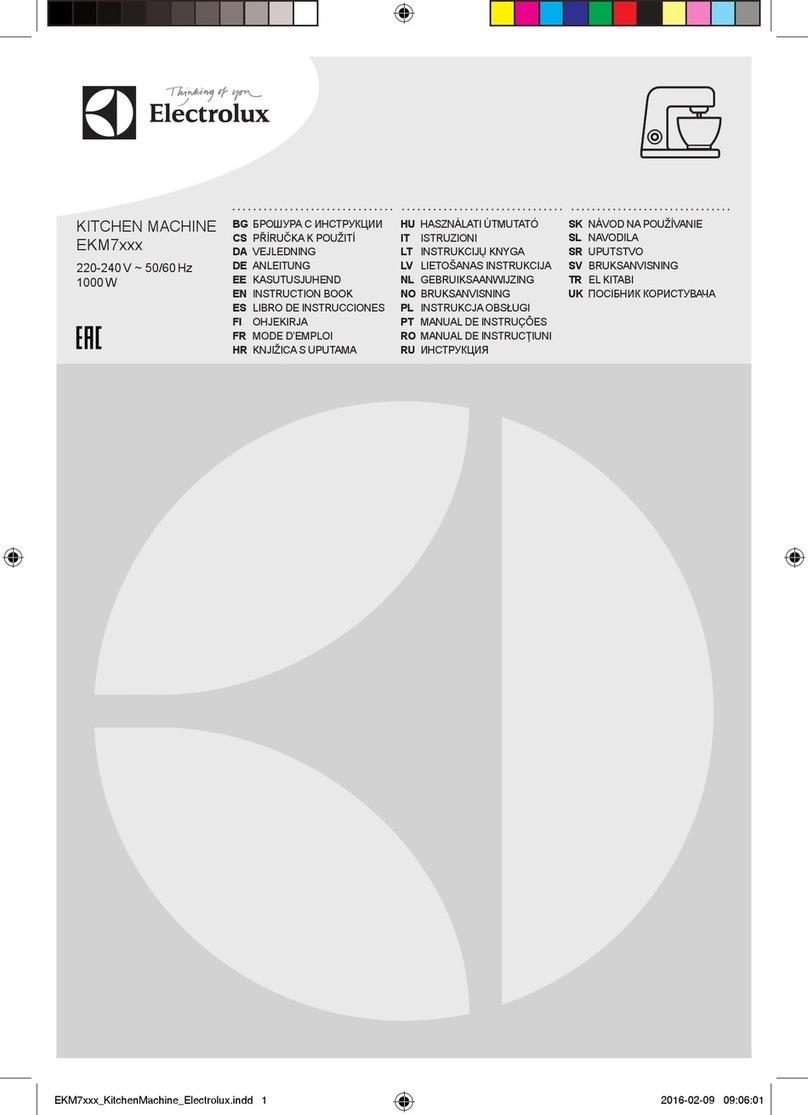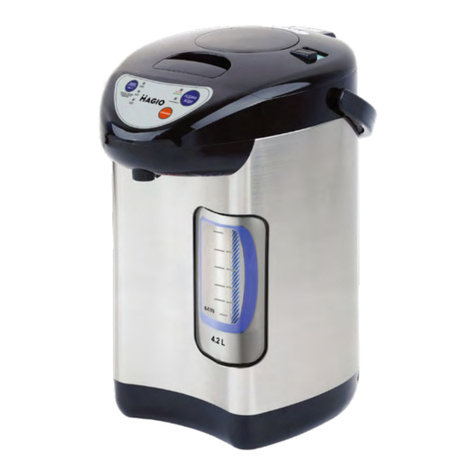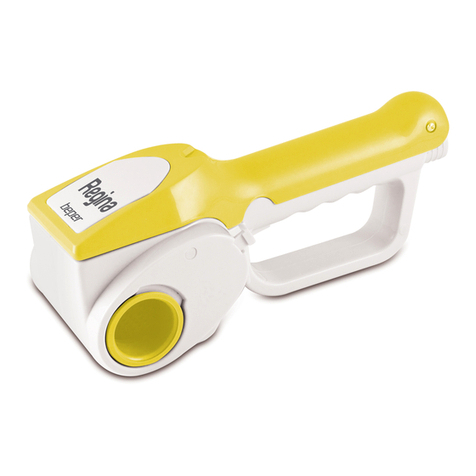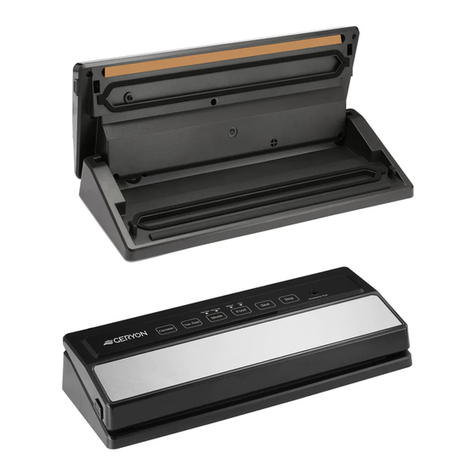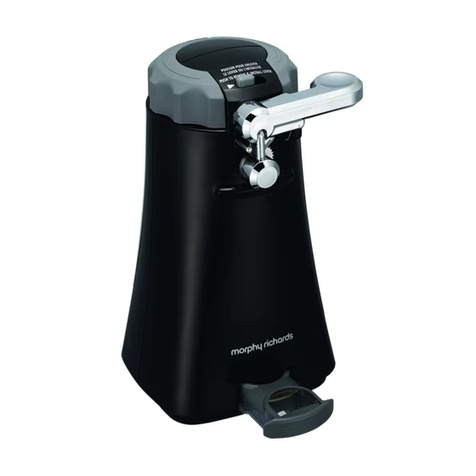
7
DEGLAZING
One of the joys of cooking with stainless steel is the production of fond
little crunchy bits on the bottom of the pan. These little brown bits are
the base of most every gravy/pan sauce and cannot be obtained when
you cook with non-stick pans.
Deglazing is using a small amount of liquid, usually enough to cover
the bottom of the pan by no more than an inch, to loosen the bits of
caramelized food at the bottom of a pan after it has been cooked or
partially cooked. The liquid is added to the pan directly after the item
being sautéed is removed from the pan. If the liquid being added is high
alcohol, care should be used when pouring the liquid into the pan. A
spatula or wooden spoon is used to scrape up the little attached bits.
The heat should be on high, to reduce the amount of liquid and further
intensify the flavors.
The particles are highly flavorful, since they are concentrated juices
from the cooked item. As they absorb the liquid, usually stock, wine,
broth, or water, they mix with the flavors in the liquid, making a perfect
compliment for the cooked item, since they have the same source.
The liquid used to deglaze should either augment the flavor or contrast
it. Usually with a mildly flavored food, like chicken or fish, the deglazing
liquid is a similarly flavored stock or broth. If the food has a stronger
flavor or is high in fat, such as duck or sausage the liquid added will
be tart or acidic, like wine or citrus juice, which will cut the fatty flavors.
Either flavor will be the base of the sauce used for the dish. If your food is
“resting” in a dish or aluminum foil any juices that pool in the bottom of
the dish should be added back into the pan and reduced with the other
juices.
After the fond has been scraped up, additional seasonings such as salt
and pepper, or a handful of chopped herbs or spices can be added. The
sauce, once reduced by at least half, can then be finished with bits of
cubed cold butter stirred in to help thicken and enrich the sauce.
